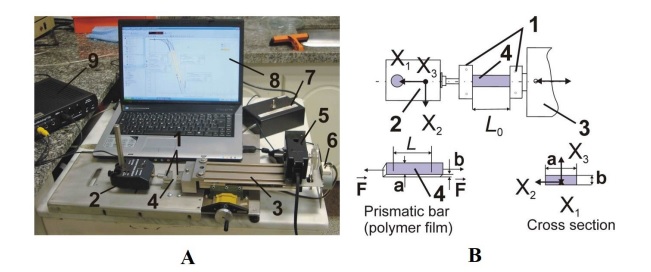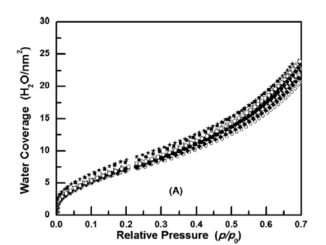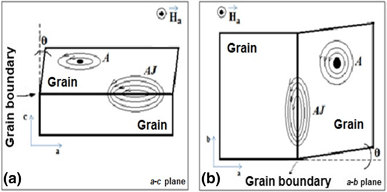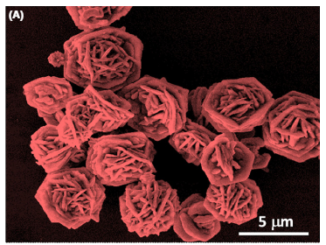
Elastic modulus of PVDF with bentonite or LiNbO3 using deformation energy
Abstract: Polyvinylidene fluoride (PVDF) is valued for its properties of transparency to light, lightness, flexibility, mechanical strength, chemical stability, ease of processing, and low-cost production. Ceramics have low mechanical strength and poor processability, but have excellent piezo- and pyroelectric characteristics. The deficiencies of ceramics can be minimized by combining them with polymers. Accordingly, PVDF samples with different percentages of bentonite or LiNbO3 were used to obtain composites via “casting,” and the modulus of elasticity (E) of the composites was studied using a specially designed system. The method used to obtain E took into account the strain energy and the strength of the materials. Based on the results, E decreased with an increased percentage of bentonite and, in the case of LiNbO3, for the percentages of 30% and 35% increases.
Author(s): Fonzar Pintao, Carlos Alberto; Cardoso, Celso Xavier
Polimeros-Ciencia E Tecnologia
Volume: 27 Issue: 3 Pages: 183-188 Published: 2017
DOI: http://dx.doi.org/10.1590/0104-1428.06016
PDF: Elastic modulus of PVDF with bentonite or LiNbO3 using deformation energy




